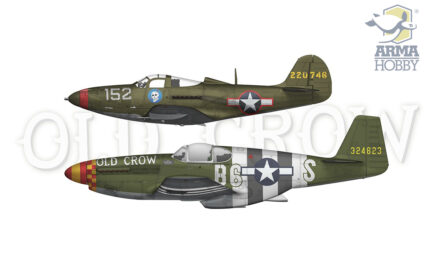On 7 September 1939, the squadrons stationed at the aerodrome in Kierz did not carry out any sorties – there was a shortage of fuel. As it turned out, it had to be brought in from Dęblin in drums. On that day, the two pilots from 112 Fighter Squadron who had remained in Zaborów, most probably P/O Witold Łokuciewski and F/O Wacław Łapkowski, performed reconnaissance flights as per the orders of the Commander-in-Chief of the Air Force. They rejoined their unit on 8 September. From the morning of that day, sections from 111 and 112 Fighter Squadrons flew patrols. It soon transpired that combatting enemy aeroplanes without having access to reports from the aircraft tracking network was very difficult; this was succinctly described by F/L Jarosław Giejsztowt:
The work here was difficult, for we had no communications with Command, nor did anyone provide us with information about the enemy. There were a great many flights, both reconnaissance and aimed at combatting enemy bombers, but we did not enjoy much success. The aeroplanes started to fail, for they were operating in conditions of high dustiness and neglect, the latter because our mechanics did not have time to carry out inspections or overhauls.
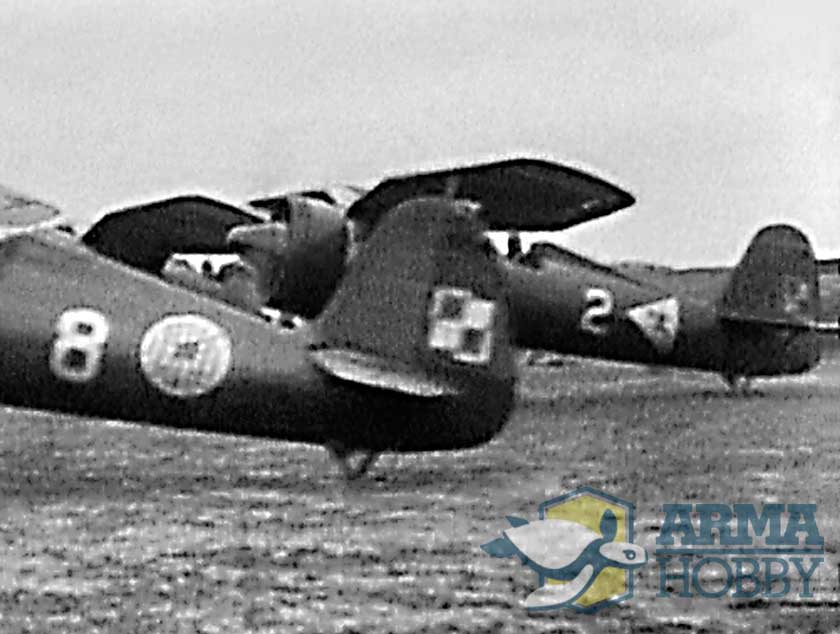
PZL P.11c “2” from 112 Fighter Squadron, the plane has the pre-war emblem of the squadron in the form of a “fighting cock”painted on the fuselage. In the cockpit of the aeroplane, F/O Wacław Łapkowski is most probably preparing to take off. In the foreground takes off P.11c “8” of the 111 Fighter Squadron. The photo was taken at the turn of February and March 1939 at the 1st Aviation Regiment base in Okęcie. (pre-war press photography)
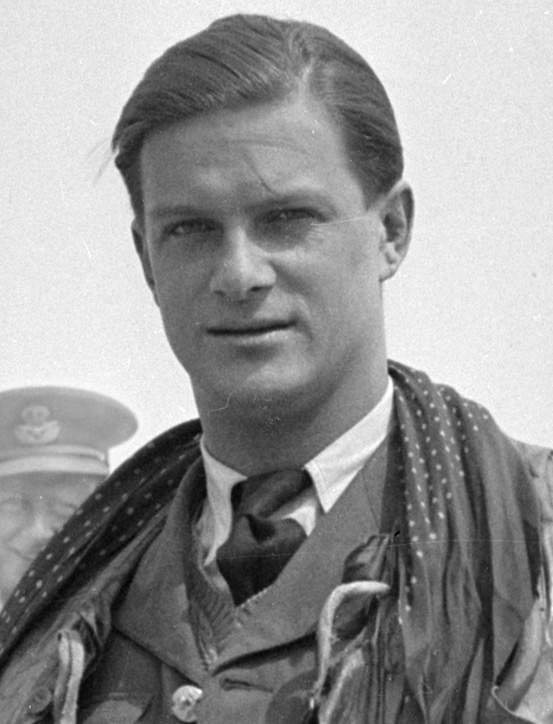
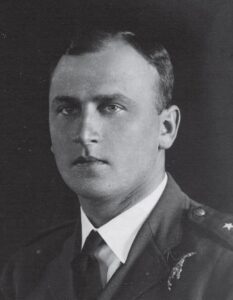
Left: P/O Witold Łokuciewski, along with Lieutenant Wacław Łapkowski from 112 Fighter Squadron, stayed in Warsaw to reconnoitre the German troops advancing on Warsaw from the west and south. Their squadron flew near Lublin, and they joined it on September 8, 1939. In the photo Witold Łokuciewski as a pilot of the 303 Fighter Squadron of the Polish Air Force in Great Britain. (arch. Wojtek Matusiak)
Right: F/O Wacław Łapkowski was a pilot of the 112 Fighter Squadron from 1936. After the death of Lieutenant Stefan Okrzeja in air combat, Lieutenant Łapkowski returned to the position of deputy commander of the squadron he had held before the outbreak of the war. Lieutenant Łapkowski often flew PZL P.11c marked with the fuselage number “2”. (arch. Marek Rogusz)
Air combat over Lublin
Fighter patrols were resumed on the morning of 9 September 1939. At around 10.00 am, successive waves of Luftwaffe bombers – in total more than 70 Heinkel He 111s from KG 4 – appeared in the skies above Lublin. Their approach was accompanied by a sweep carried out by twenty-one Messerschmitt Bf 110s from I./ZG 76. An air battle ensued, engaging the majority of the Polish fighter forces stationed in the vicinity of Lublin – the Pursuit Brigade, III/2 Fighter Wing, III/4 Fighter Wing, and 152 Fighter Squadron. Both sides reported strongly exaggerated numbers of kills, which is the norm for sudden air engagements involving large numbers of aeroplanes.
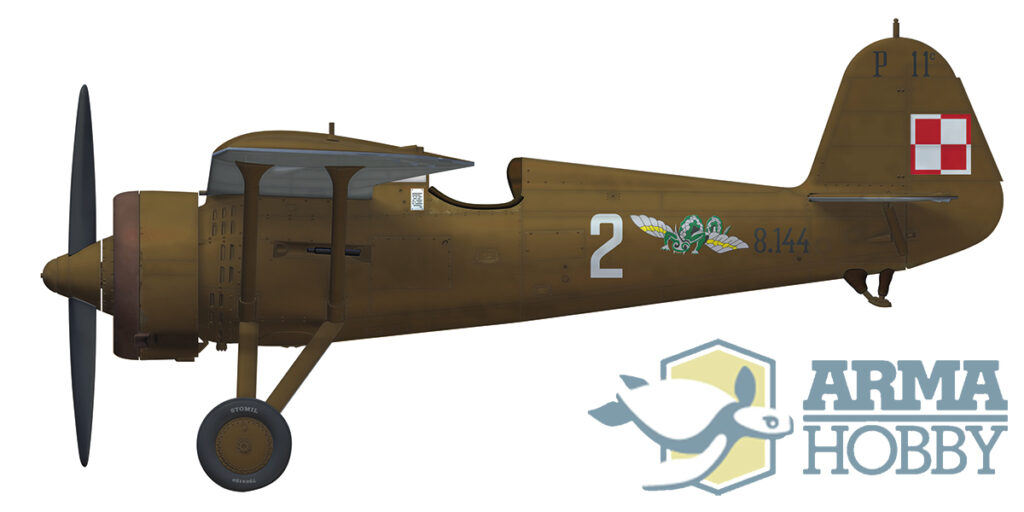
PZL P.11c military number 8.144 (probably), under-wing number N-666, tactical number 2, personal aircraft of F/O Wacław Łapkowski from 112 Fighter Squadron. On the aeroplane you can see a new emblem, “Winged Salamander”, introduced in the summer of 1939 in place of the former “Fighting Cock”. Artwork by Zbyszek Malicki.
The Last Fight of Salamander “2”
While the battle raged in the skies over Lublin, F/O Wacław Łapkowski, flying alone on Salamander “2”, gave chase after a section of three Heinkel He 111s from II./KG 4. His pursuit, continued over nearly 100 km (!), was interrupted by an attack of Messerschmitt Bf 110s from 2./ZG 76. Below is F/O Łapkowski’s personal account , which he wrote down in the diary of P/O Mirosław Ferić.
In Kierz that day we could not complain for want of enemy aircraft. The Krauts were flying from west to east, heading for Lublin and the nearby townships. Their bombs had started fires, and there were flames and smoke everywhere. Our sorties had no effect, for the enemy would simply pass us by, making use of his superior speed.
At around noon I took off for my second flight, and initially I was running after the enemy without success. I roamed the skies north of our airfield, hurling insults at the Krauts for not accepting battle. While in this mood, I spotted a trio of He 111s racing west from the direction of Lublin. I took a fancy to them immediately. I cut across their path. They did not change course but only accelerated. The one on the right lagged behind somewhat. I attacked him – the rightmost one – from the vertical. Once I levelled off, I saw beads of tracer snaking towards me from the Kraut’s machine gun. Being close and slightly below, I fired off a burst without taking careful aim.
In the meantime, however, “my” He 111 pulled level with his leader, or perhaps even overtook him somewhat. The gunner of the second machine then tried to rough me up. We were passing the River Wisła, flying westwards. Hoping to avoid the machine gun fire, I kicked the pedal with my left foot and lost height a bit in order to attack my tormentor. I fired a burst from behind and below. He lost his cool and started turning, first left and then right. Their whole section lost formation. Again, however, I was targeted by one of the German gunners. So I tried once more. I placed myself behind his stabilizer. A short burst. I noticed that no one was shooting at me now. I could aim without any hindrance. The Kraut’s dive increase. Flames belched from his left engine. The enemy was falling earthwards to his grave.
My good mood was interrupted by a crackle from behind; it sounded as if someone were tearing a sheet of hard paper. I knew this sound. I nosed up. An Me 110 flew right by me. It proceeded in a slight left turn. I had the impression that we were both observing the falling aircraft. I could not follow it. I was afraid that they would shoot me down from behind. Thus, I watched from a height of over 1,500 m, while at the same time glancing at the newly arrived Kraut. The bomber hit the ground. But the “new” aeroplane was trying to get on my tail. I took up the fight. But then, from I don’t know where, four or five of them appeared, all Me 110s. Today I was on a winning streek, I thought to myself. Maybe I’ll get lucky once again. But these were not as easy to deal with. They arranged themselves in a defensive circle and I was forced to break off time after time, for they kept getting on my tail. Finally, however, I got a chance to shoot. One of the Me 110s looped the loop, while I cut across and found myself on his tail. And a burst … but the Kraut wasn’t idly waiting … The result was somewhat strange. I had the feeling that my aeroplane was stopping. The Kraut flew off. But I had another one on my tail. I turned sharply to the left and downwards. The Kraut remained above me. I looked at my rev-counter; it was showing 15. Pulling on the throttle lever had no effect.
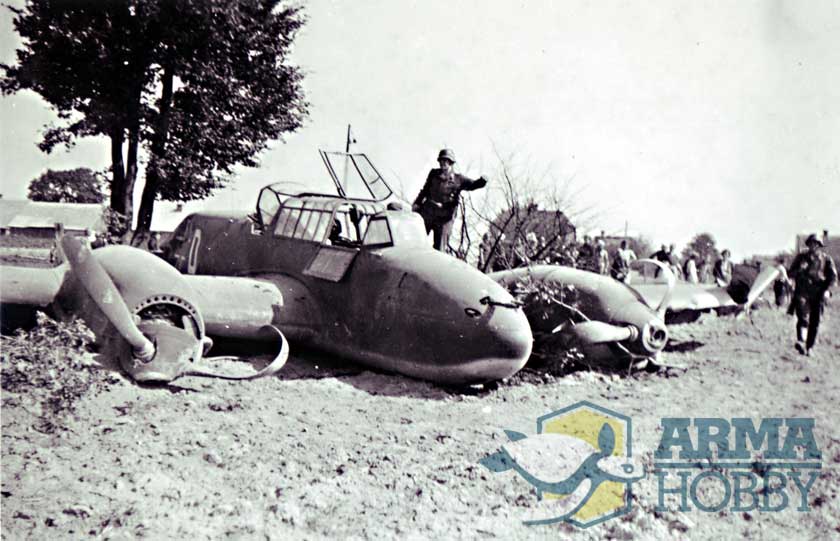
Messerschmitt Bf 110C from I./ZG 76 after a forced landing on September 9, 1939, after fighting with Polish fighters near Lublin. (arch. Marek Rogusz)
I took an easterly course. The Krauts, instead of finishing me off, remained above. Just behind me, I saw puffs of anti-aircraft artillery. Whose artillery it was – ours or the enemy’s – I do not know. But it may well be that this artillery fire saved me. I flew on, losing height, with oil spraying my face. My revs were falling. I was just nearing the River Wisła when I saw yet another Kraut. He was flying right towards me, slightly to my left. In my mind, I said a few choice words to him. I could not run, nor could I attack. But the Kraut flew straight on. We passed each other at a distance of some 400 m. He hasn’t seen me, I thought. It is possible that he thought the same thing.
I passed the River Wisła. I was at a height of a few hundred metres, the engine was packing it in, just several dozen revs, a bang, and the propeller stopped. I started looking for a field. A few moments later my wheels touched ground and the plane rumbled to a standstill. With this I would like to close. I shall not at all mention that I returned to the aerodrome in a beautiful, 8-cylinder Chrysler sports car (or some other bloody contraption), in order not to arouse the envy of “Ox” [P/O Ferić – author’s note], who in any case is envious to the present day.
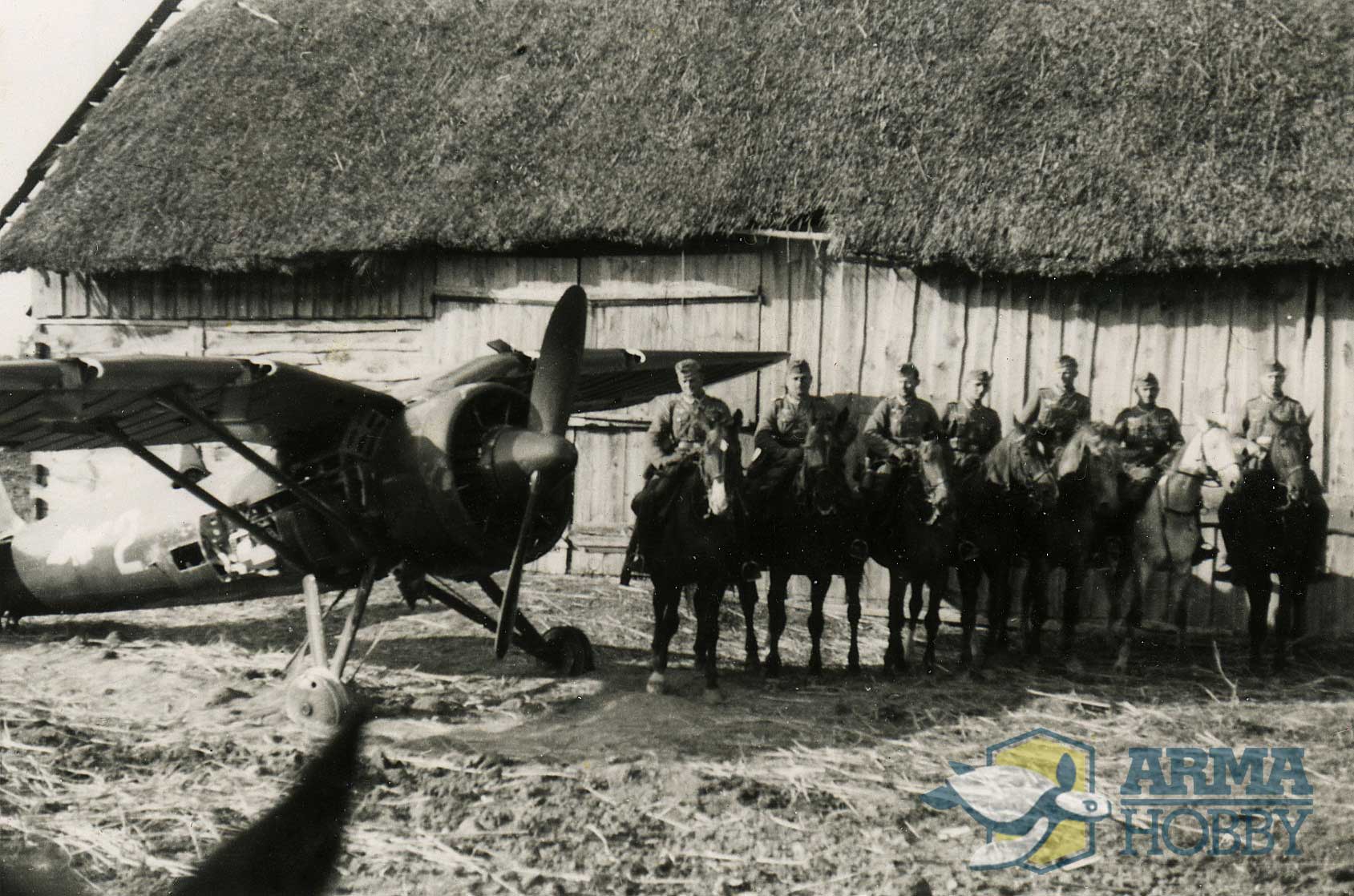
F/O Wacław Łapkowski on “2” with Salamander chased the section of three He 111 from II./KG 4 alone. The chase after almost 100 km (!) was interrupted by the attack of the Messerschmitts Bf 110 from 2./ZG 76. Lieutenant Łapkowski, during his return to the Kierz home airfield near Lublin, had to land forcibly (it is possible that the engine failed). According to the pilot’s account, he dismantled the radio, machine guns, and ammunition boxes from the plane. The German army captured the immobilized plane. The photo shows German soldiers at the abandoned PZL P.11c “2” with Salamandra. You can see that the aeroplane is partially incomplete, part of the fuselage cover is missing, leather parts in the pilot’s cockpit, and tires removed from the rims. (arch. Marek Rogusz)
F/O Łapkowski managed to stop a car carrying an evacuee – a captain from the Signal Corps. With his help, he removed the radio station and machine guns from the stricken aeroplane, and also emptied its ammunition boxes. Due to the prevailing chaos, there was no chance of evacuating and repairing the aircraft. Thus, the fighting career of Salamander “2” came to an end. The aircraft, however, continued to intrigue the residents of the nearby village, who removed various potentially useful elements from the hulk; the most highly prized were strips of rubber from the tires, leather fittings from the cockpit, the metal skin, and various lines and piping. The discarded wreck also drew the attention of Wehrmacht soldiers, who posed in front of it for photographs and took away pieces as mementos.
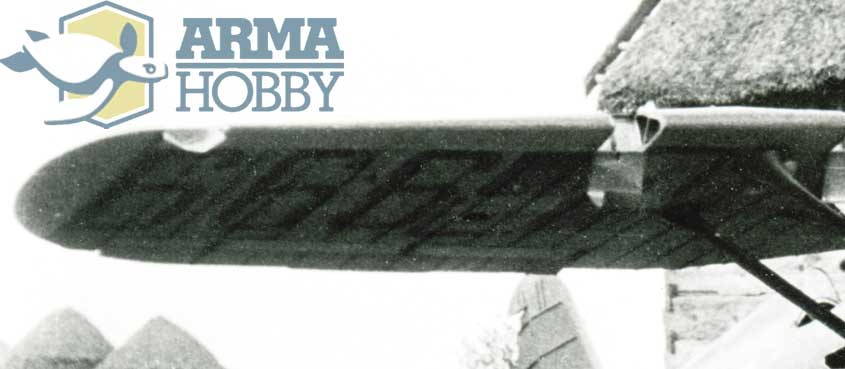
A close-up of the PZL P.11c “2” with a Salamandra police number left on September 9, 1939, in one of the villages near Puławy. The plane was marked with the three-digit number “666-N” under its wings. (arch. Tomasz Kopański)
The squadron is still fighting
F/O Wacław Łapkowski and 112 Fighter Squadron continued the fight. Unfortunately, the unit received chaotic and oftentimes contradictory orders, instructing it to move from one airfield to another, while the lack of an aircraft tracking network and fuel, as well as the unavailability of ground crews – they were forced to move along roads that were packed with refugees and under constant Luftwaffe attack – made it impossible for the Squadron to act in an effective manner. During this period, the Polish fighter pilots carried out mainly reconnaissance and liaison flights, although air-to-air combat did sporadically occur. Everyone was waiting for the anticipated transports of foreign aircraft; certain of the pilots were to collect them from Romanian ports and start training. The expected attack of the Western allies – France and Great Britain – which was to be launched in accordance with the treaties signed with Poland, did not materialise. Worse still, on 17 September 1939, in accordance with the provisions of the Ribbentrop-Molotov Pact, Poland was attacked from the east by the Red Army. In this situation the Pursuit Brigade was ordered to cross the Romanian border along with its surviving aeroplanes in order to continue the fight for Polish independence from abroad.
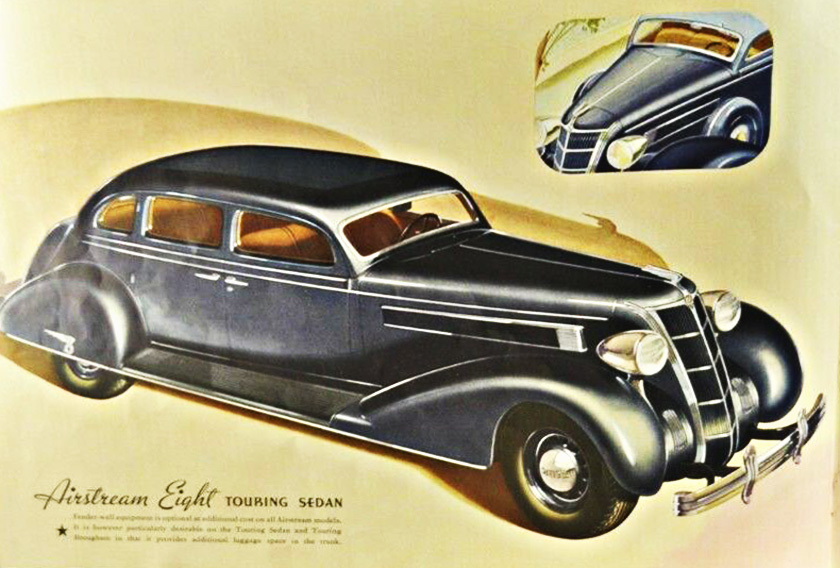
We do not know the Signal Corps captain’s identity who picked up Lieutenant Łapkowski with the elements removed from P.11c to the Kierz airfield near Lublin. However, likely, it was just such a Chrysler Airstream that drove to the airfield, arousing the pilots’ envy gathered there.
English Translation by Maciej Zakrzewski
See also:
Uskrzydlone Salamandry cz.1 – godło 112 Eskadry Myśliwskiej w 1939 r.
Uskrzydlone salamandry cz. 2, 112 Eskadra Myśliwska w obronie Warszawy
Aeronautical engineer not working in his profession. History of Polish aviation 1918-1945 – its machines and people - is his greatest passion. Marek hunts for forgotten stories, helps to establish the fate of aviators and cooperates in Polish airplanes identification during archeological excavations. Author/co-author of many books and articles, incl. Polish Fighter Colours 1939-1947 vol. 1.
This post is also available in:
 polski
polski







